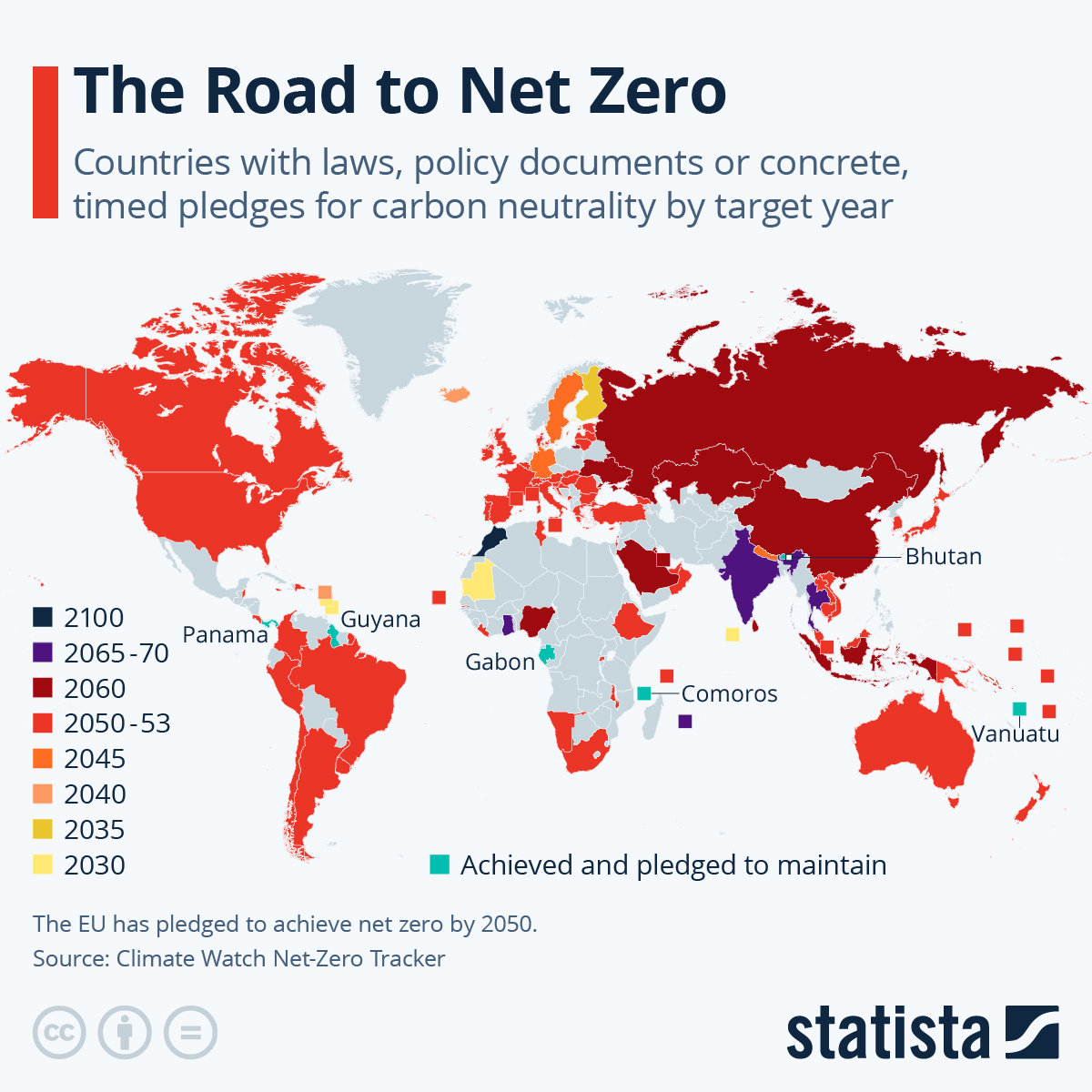It can be hard to ignore politics. But for investors, focusing on the performance and prospects of a business is the best way to beat the market regardless of administration or policy. That's even true for companies operating in the renewable energy space.
Most governments have some policy of reducing their carbon emissions. And the International Energy Agency (IEA) says now is the time for massive investment in clean energy if we are going to meet those targets. That creates an opportunity for companies like First Solar (FSLR -0.02%), Siemens Gamesa Renewable Energy (GCTAY), and NextEra Energy (NEE 0.53%). They are harnessing renewable sources to replace fossil fuels as our growing energy needs. Here's why I think they can be winners.

Image source: Getty Images.
1. The earth is getting hotter
That fact is indisputable. According to reports published in Scientific American, it's hotter than it has been in 125,000 years, and the planet is heating up at the fastest rate in tens of millions of years.
The sun is the source of heat, but it can also be the savior. One of the most innovative companies harnessing its power is First Solar. It is the leading producer of thin film solar panels using cadmium telluride. That material makes the panels significantly thinner than silicon cells. They are also more efficient. Panels with cadmium telluride only supply about 5% of the global solar market, but they make up 40% of the installed base in the U.S.
Years of dealing with cheap silicon-based imports from China have made holding the shares feel like a yo-yo. The stock has made little progress since 2014. But the Trump administration placed tariffs on some Chinese imports in 2018, and the Biden administration banned others over concerns about forced labor.
In February, the White House extended some of the tariffs -- but not all of them. CEO Mark Widmer expressed disappointment in the decision. And analysts expect sales to remain volatile. But over the long term, First Solar is still well-positioned as the technology leader. If the U.S. is successful in meeting its carbon reduction goals, it's likely that an investment in First Solar will be successful too.
2. Countries have pledged to be carbon neutral
Although countries have debated the details, most have committed to becoming carbon neutral at some point in the future. Unfortunately, even if all of the commitments in place as of 2020 were fulfilled, the planet would still warm by 3.2 degrees Celsius by the end of the century, according to a recent United Nations report. It will take both commitment and innovation to achieve the goals.
And a European partnership is thinking big about how to use the wind to generate more power. Siemens Gamesa was formed when the German conglomerate took a stake in a Spanish firm making wind turbine blades. Together, they formed the largest windfarm builder in the world.
Things haven't gone smoothly. Supply chain issues and problems with an onshore turbine design have put the firm in the red and led to the CEO's ouster. A buyout to gain control could be in the cards.
Despite the problems, there is reason to be excited. In Denmark late last year, the company installed the world's most powerful -- and largest -- turbine. The diameter of the rotor measures 222 meters, with each 108-meter blade being cast in one piece. The company hopes to make them commercially available by 2024. Innovation like that -- at scale -- could go a long way toward meeting the world's energy needs.
3. Fossil fuels still dominate electricity production
Change doesn't happen overnight. And traditional energy sources like coal and natural gas still dominate global electricity production. But the U.S. is making progress.

Since the turn of the century, nearly all of the extra electricity generation in the U.S. has come from wind and solar. And NextEra Energy has played a big part in that.
In 2000, management attributed 15% of its power generation to wind and did not even mention solar as a source. By 2020, the combination of solar and wind had grown to more than 27%. That's made it the world leader in energy generation from wind and solar. As the U.S. tries to set an example for the world, NextEra is setting an example for the U.S.
Technology to the rescue
Over time, humans have consistently employed new technologies to solve our most important problems. Famine, drought, and disease spring to mind. Now we face what most scientists consider to be an existential threat. A recent United Nations report -- considered the gold standard -- showed how global warming is affecting the planet's ecosystem. It estimated that 14% of earth's living species are at risk of going extinct.
That leads me to believe society will eventually coalesce around a strategy that increasingly relies on wind and solar. When that happens, the companies already leading the industry stand to reap outsized rewards. And according to most scientific bodies, the investment can't start too soon.







